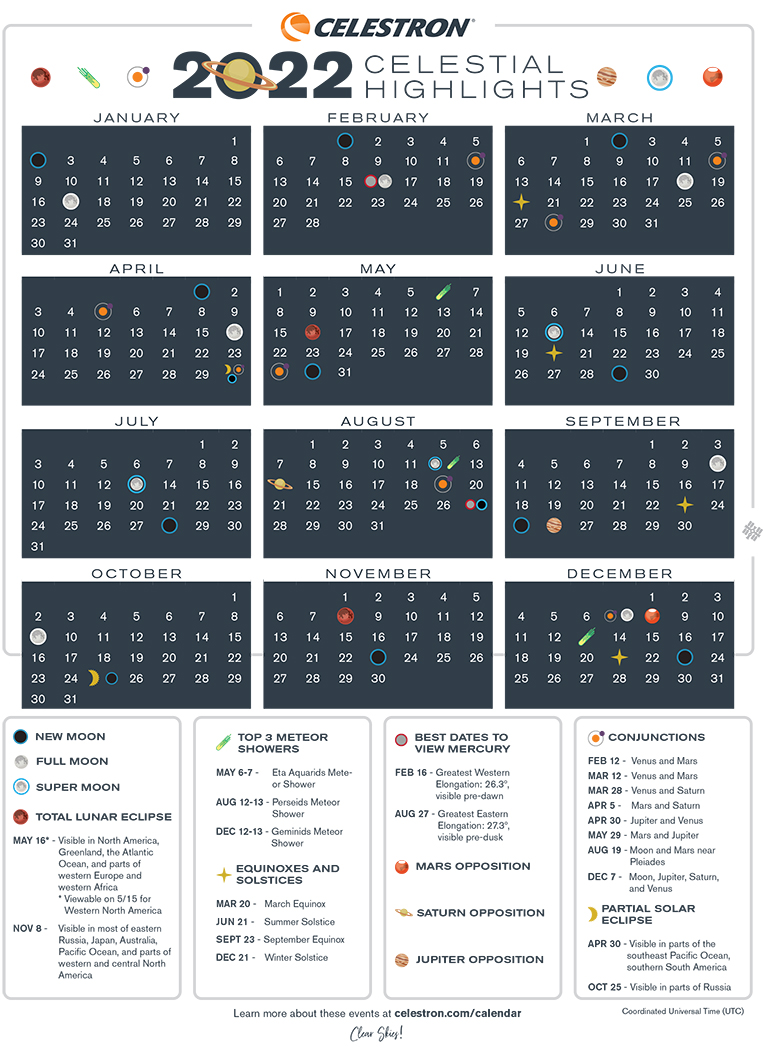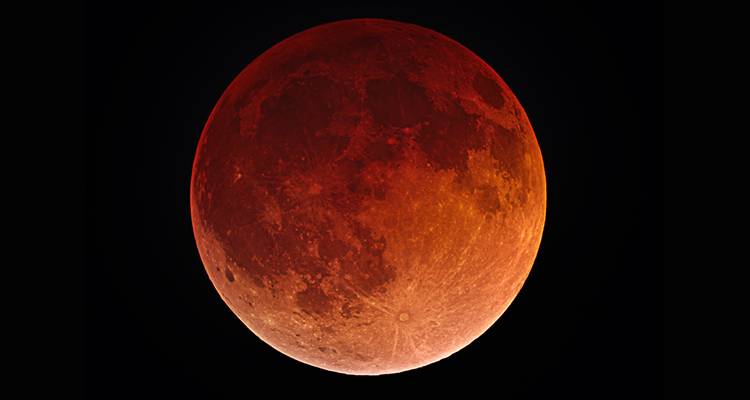2022 Astronomy Calendar | Coming to a Sky Near You

Put that telescope you got for Christmas to good use – here are all the celestial highlights coming to a sky near you!
In 2022 there are some exciting celestial events including three Super Moons, two Total Lunar Eclipses, three incredible Meteor Showers and eight stunning Conjunctions. Check out all the best sky events in 2022 and keep reading for the answers to all your astronomy questions.
2022 Celestial Highlights – Click on the calendar to save and print!
FAQs
What is a Super Moon?
A Supermoon occurs when the Moon’s orbit is closest (perigee) to Earth at the same time as a full Moon. When the Moon is perigee it is approximately 226,000 miles from the Earth which causes the Moon to appear much larger and brighter in our sky.
What do I need to see a Super Moon?
Although you will be able to see a supermoon easily with the naked eye (so long as the night sky is clear) there are some tools you’ll need if looking through a telescope.
- The main thing you will need is a Moon Filter. This acts almost like sunglasses do and helps you see the details of the Moon much better. Without a Moon Filter, all you will see is a bright disc. As the Moon is so much brighter when it is a supermoon, this filter is essential.
- A Lunar map to show you all the details to look out for on the Moon’s surface.
Top tip: This Celestron Moon Filter Set comes with four filters and a mini Lunar Map!
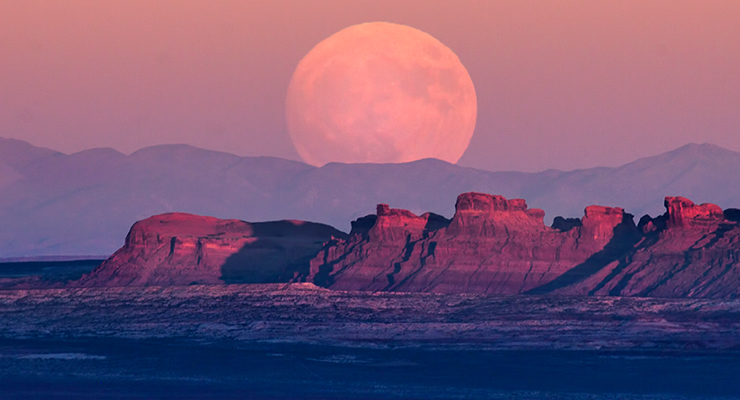
What is the best way to view Mercury this year?
Safety note: Mercury never strays far from the Sun which means if viewed at the wrong time – for example when in Inferior and Superior Conjunction with the Earth and Sun – you risk permanent eye damage. Only attempt to view Mercury at suggested times.
Mercury has a reputation among astronomers as being hard to spot. It rises to just above our horizon where the atmosphere is thicker and more susceptible to atmospheric turbulence.
The best way to view Mercury is with a pair of low-power binoculars or a computerised telescope. It is easiest to spot just after twilight or just before sunrise in the morning sky. For early risers, the best date to view Mercury in 2022 is February 16th. For night owls, August 27th is the date for your diary.
Top Tips for catching a Meteor Shower in 2022?
Consult this map for the peak times to view the Eta Aquariids, Geminids and Perseids Meteor Shower. Then keep an eye on the Moon’s phase; in order to see clear and bright meteors, the Moon needs to be in the darker stages of its cycle.
Once you’ve got the right date, find a dark sky area as this will have the least light pollution. Then grab a friend, a chair and a thermos and get out there!
What do meteors look like?
They look like large and bright shooting stars – be sure to make a wish when you spot one!
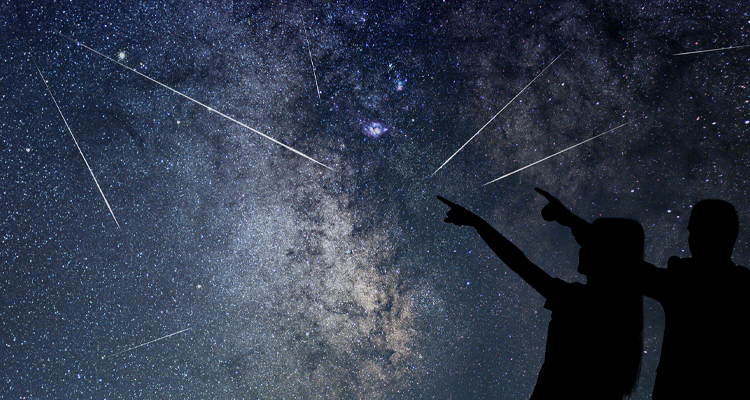
How to photograph a Meteor Shower?
- Find the best dark sky area near you for the best chance of observation.
- Take a tripod – you are in for some long exposures.
- Use a wide-angle lens with a low aperture number to increase the area in your frame and low-light capacity.
- Set your lens to manual focus and try to focus on the brightest object in the sky (best done in live view, magnified) then lock the focus if possible.
- Set your ISO to 1600 but don’t be afraid to play around if necessary.
- Set your camera to manual exposure and take some test shots at different lengths.
- Photograph in RAW to give you more freedom when editing.
- Turn off Long-Exposure Noise Reduction (LENR) if your lens has this setting.
- Get trigger happy! Take as many photos as possible to increase your chances of getting that WOW moment on camera.
What is the difference between a Lunar and Solar Eclipse?
A partial solar eclipse happens when the Moon blocks most of the Sun’s light and casts its shadow on the Earth, causing the sky to go temporarily dark. A total eclipse occurs when the Moon completely covers the Sun, this happens approximately every year and a half.
A lunar eclipse occurs when the Earth gets partially in the way of the Sun’s light hitting the Moon. A total lunar eclipse is when the Moon passes entirely through the Earth’s umbra (shadow) causing it to appear red in the sky.
What is a Blood Moon?
Total Lunar Eclipses have been given the colloquial name of a ‘Blood Moon’ due to the red colour caused by the light of all the sunrises and sunsets happening on Earth. Because the light waves are stretched out the light appears red – it’s the same reason sunrises and sunsets are also an orange/red colour.
In 2022 there will be two Blood Moons (or Total Lunar Eclipses!).
What is a Planetary Conjunction?
When two astronomical objects appear especially close either to one another. Conjunctions look like incredibly bright objects in the sky, they make great viewings for sky parties and for inspiring young astronomers.
What does it mean if a planet is in Opposition?
When a planet is in opposition the Earth finds itself directly between the Sun and this planet. From this vantage point, the planet in question is at its most visible (often for the whole night) and therefore easiest to photograph.
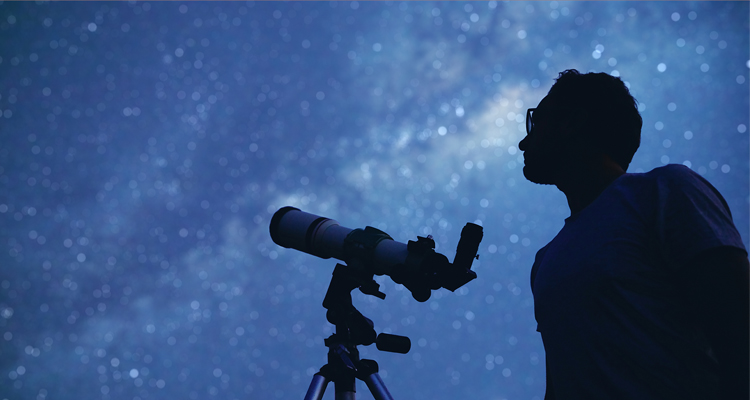
What are an Equinox and Solstice?
They are both vital parts of the astronomical calendar as they determine the transition of the seasons.
The Equinox occurs twice a year to mark the beginning of Spring and Autumn, on these occasions the day is almost exactly the same length as the night.
The Solstice also occurs twice a year and marks the beginning of Winter and Summer. The Winter Solstice occurs as the shortest day of the year, while the opposite is true of the Summer Solstice where we experience the most daylight.
When is the best month for astronomy?
In 2022 the most exciting months to get out with your telescope are April, August and December. In these months at least 6 extraordinary events will occur including two meteor showers and three conjunctions!
Download your 2022 Celestron Astronomy Calendar here >
Read next >
- The Essential Astronomy Glossary
- The Beginners Guide to Buying a Telescope
- Celestron NexStar 8SE Telescope | First Look and Basic Setup
Thank you!
Thanks for taking the time to read our blog, we really do hope they help you out and answer some of your questions. If you still have some unanswered, then please feel free to get in touch with our team of experts.
We have a LiveChat option on our website and we can, of course, be contacted via our email, we're also on the end of the phone too! Read more on how to contact us here >
Want to write for us?
If you've got experience with producing content on photo, video and/or optics products or techniques then we would love to hear from you. Contact our blog editor, Fee, with a sample of your work at [email protected].
- By Beatrice Debney
- 13 Jan 2022




























































